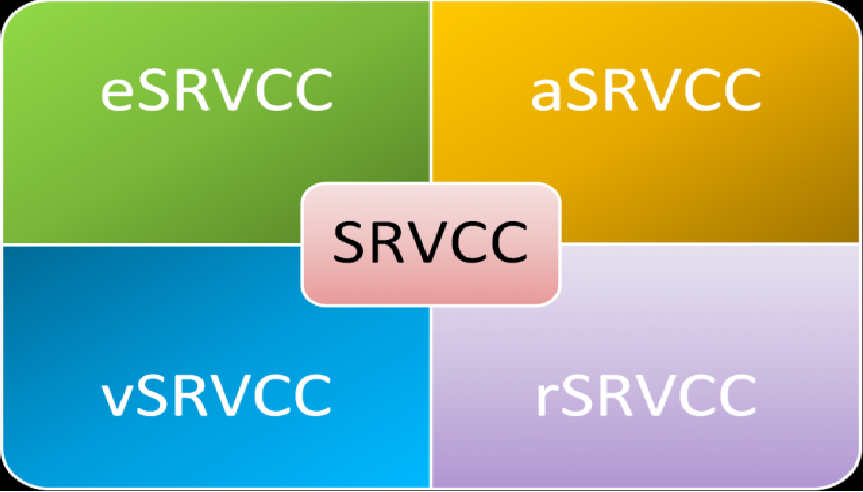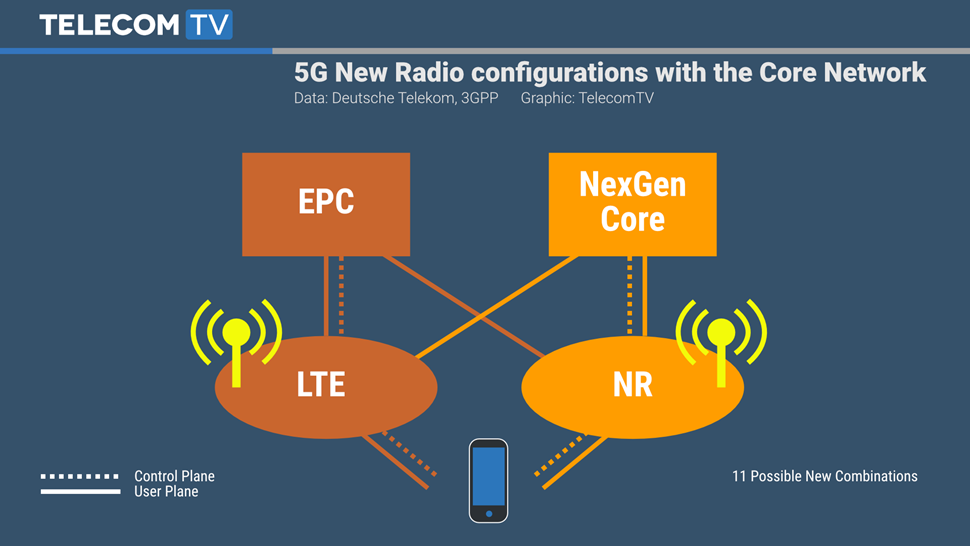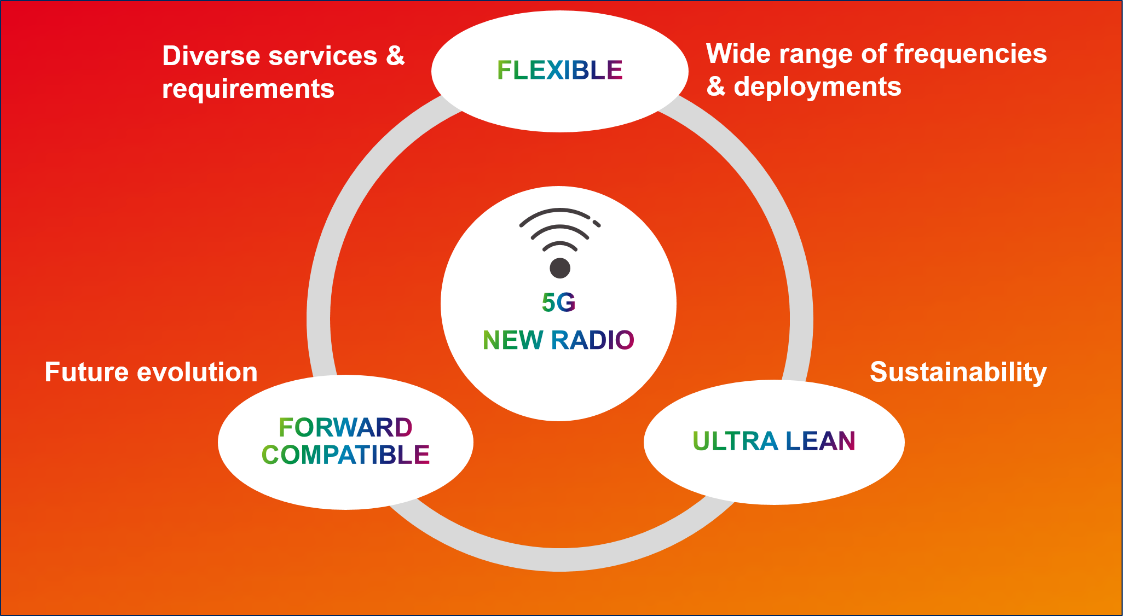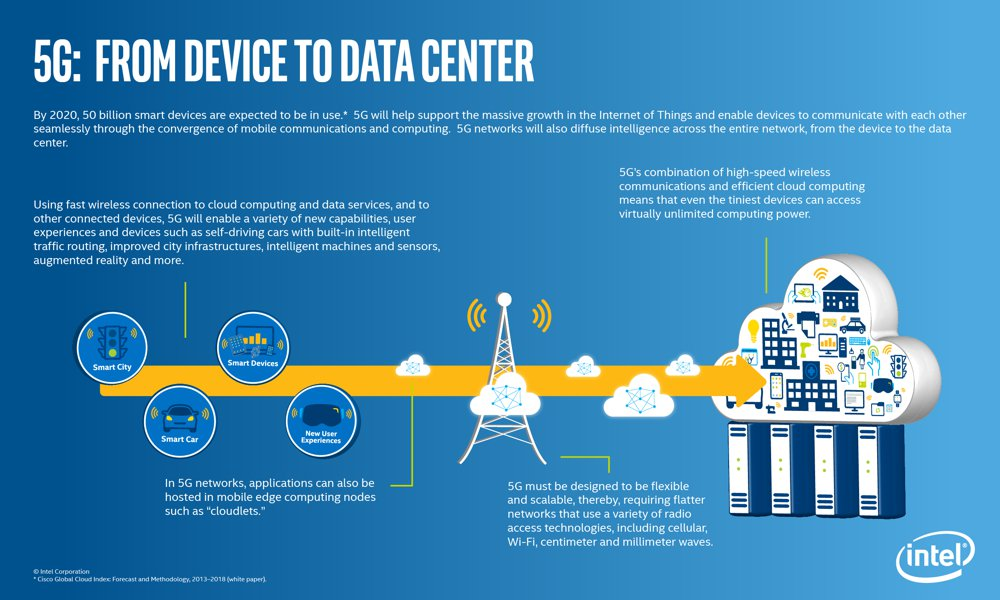A Short Overview o
G New Radio (NR) development is part of continuous...



































































Coordinated Multi-Point transmission and reception (CoMP) is a downlink and uplink technique respectively for improving system capacity and cell edge user throughput. There are multiple approaches for CoMP. One approach uses autonomous, decentralized control and an architecture with independent eNBs. The second approach uses centralized control and an architecture based on Remote Radio Equipment (RRE).
The cell shaping function provides adaptive or reconfigurable antenna systems where the main coverage of each cell is maintained unchanged but the cell edge can be adapted to load demand. The trigger for the change may be OAM reconfiguration (e.g., based on collected Key Performance Indicators (KPIs)) or the control unit may be the base station (implementation based). These adjustments are considered to be on a medium time scale (every hour or more seldom). The same PCI is used in all the cell coverage.
Beam forming function optimizes the shape of the antenna beam patterns to better cover the intended service area to improve the coverage and decrease the interference. It does not increase the number of radio resources but changes the distribution.
3GPP Release 13 introduces three key features for IoT,
eMTC: This is further LTE enhancements for Machine Type Communications, building on the work started in earlier releases, brings complexity reductions and coverage enhancements
NB-IOT: New radio added to the LTE platform optimized for the low end of the market
EC-GSM-IoT: EGPRS enhancements which in combination with PSM makes GSM/EDGE markets ready for IoT.
3GPP aims to complete initial 5G specifications with Release 15 by mid-2018 whereas Release 16 is targeted by end of 2019. Release 15 will enable the first phase of expected deployments in 2020.
Updated till Dec-20-2025
Updated till Dec-20-2025

ingle Radio Voice Call Continuity (SRVCC) is a key 3GPP LTE Release 8 feature to provide seamless continuity when an UE handovers from LTE coverage (E-UTRAN) to UMTS/GSM coverage (UTRAN/GERAN). With SRVCC, calls are anchored in IMS network while UE is capab

G New Radio (NR) development is part of continuous...

ith 5G, network functions virtualisation is making...

TU & 3GPP driven 5G has huge potential in util...
Fortune 500 Companies, small business and leading goverment agencies rely on our training solutions.